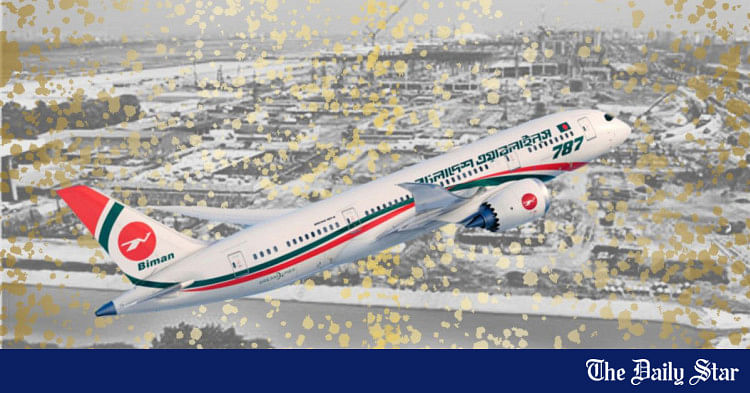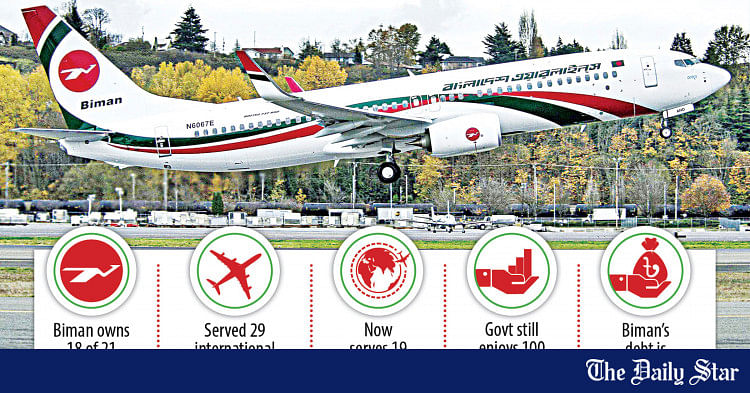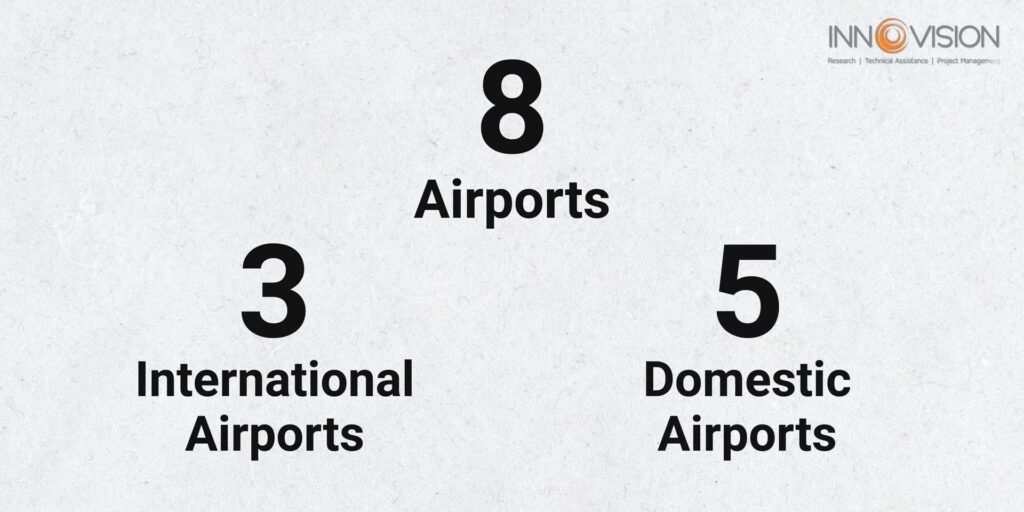The Aviation Industry in Bangladesh

WAHID MURAD
Deputy Manager Planning, Route & Statistics at Biman Bangladesh Airlines
Published Feb 13, 2023The social and economic progress of a nation depends on its transportation and communication networks. Through these links, business is encouraged and the flow of goods and services is streamlined. Additionally, it increases economic growth by luring investors and generating new employment opportunities, and it improves the availability of educational and medical resources. In a nutshell, a well-developed network of roads and radio waves is a necessary condition for economic and social development.
Biman Bangladesh Airlines is the country's official flag airline and serves a number of domestic and international destinations. There are also a few private airlines operating in the nation, such as Novoair, US-Bangla Airlines, and Air Astra. Hazrat Shahjalal International Airport in Dhaka is Bangladesh's primary airport.
Investments in aviation industry upgrades aim to improve the country's connectivity and stimulate economic development. To that end, Bangladesh's aviation sector is experiencing rapid expansion. With a compound annual growth rate (CAGR) of 8.5% from 2019 to 2024, this market is expected to reach $7.27 billion in size. As published by the Bangladesh Bureau of Statistics (BBS), the transport and communication sector contributed 7.44% at constant prices to Bangladesh's GDP in FY 2020-21, and 7.33% in FY 2021-22, both using FY 2015-16 as the base year. In FY2020-21, the industry grew at a rate of 4.04%, and in FY2021-22, that rate jumped to 5.70%. According to these numbers, the transportation and communication sector is a major driver of economic growth in Bangladesh.
The Bangladeshi government has tasked the Civil Aviation Authority of Bangladesh (CAAB) with overseeing and enhancing the country's aviation infrastructure for use by both domestic and foreign airlines. Aerodrome construction, maintenance, and operation; air traffic control; air navigation; aviation-related ground services; and telecommunications services and facilities are just some of the many things it offers. The Civil Aviation Authority of Bangladesh (CAAB) was established to promote the development of the aviation industry in Bangladesh and to guarantee the security of air travel inside the country.
When compared to India's 34, Bhutan's 2, Nepal's 3, and the Maldives' 5, Bangladesh's international airport options are severely limited. However, enhancements are being made to make room for more advanced planes like Boeing and Airbus. Because of its well-developed aviation infrastructure, Bangladesh is becoming a popular destination for sightseers interested in scenic flights and balloon rides. There will be 3.1 million foreign visitors to the country this year, up from 2.5 million in 2015.
There is no faster-growing industry in Bangladesh than the aviation industry. This sector's growth in recent years has been a boon to the country's GDP. The aviation industry in Bangladesh has undergone significant development in terms of infrastructure and services, resulting in the creation of new jobs and the attraction of new capital investment.
Several local airlines serve the country of Bangladesh, making air travel the most popular option for getting there. The national airline of Bangladesh, Biman Bangladesh Airlines, flies to more than 50 locations around the country and the world. Other notable domestic carriers are NovoAir, US-Bangla Airlines, and Regent Airways. Qatar Airways, Emirates, and other international airlines all offer service to and from Bangladesh.
By creating a safety roadmap, encouraging strategic engagement with international airlines and airports, and introducing incentives for airlines and customers, the government of Bangladesh is actively addressing the issues facing the aviation sector. As a result of these efforts, air travel is now more convenient and secure for both passengers and cargo.
IATA predicts a massive 33% rise in air traffic in the Asia–Pacific region by 2023. According to the IATA, this is consistent with their global growth prediction for that year of 9%. The recovery from the severe effects of the pandemic on air travel in the region is reflected in this growth, which is predicted to be slower than in prior years. The continuous recovery of air travel confidence in China, Japan, and South Korea, as well as the continued growth of domestic markets in select countries like India and Indonesia, are likely to be the key drivers of this rise in air travel in the Asia Pacific area. IATA predicts that domestic travel inside these countries will continue to be the region's most rapid area of expansion. Additionally, IATA has recognized several factors that have contributed to the expansion of air travel in the area. A number of factors, such as rising demand for intraregional business travel, historically low fuel prices, and "open skies" legislation, have contributed to the expansion of the aviation industry. Over the next three years, these variables should encourage more people to take flights around the region. In sum, IATA expects travel in the Asia-Pacific region to rebound strongly from the pandemic's effects by 2023, increasing by 33% from 2019. Specifically, the revival of air travel confidence in key countries like China, Japan, and South Korea, as well as the expansion of domestic markets like India and Indonesia, are the primary forces behind this trend. The expansion of air travel has been aided by a number of factors, including low fuel prices and supportive government regulations.
Forecasts from the IATA indicate a 3.1% increase in the Asia-Pacific region's dominance by the year 2023. The aviation industry in the region stands to gain an additional 1.4 billion passengers and $269.5 billion in revenue as a result of this. The forecast is an updated version of a previous forecast released in 2017 that predicted an additional 1.3 billion passengers and $261 billion in revenue for the region.
It's safe to say that Bangladesh's aviation sector is expanding in the right direction and that this trend will continue in the years ahead. There have been major advancements in the areas of infrastructure and services, as well as the creation of new jobs, the attraction of foreign investment, and the infusion of new sources of money. It is well positioned to take advantage of the aviation industry's prospects and benefits thanks to the government's dedication to bolstering the sector.


















